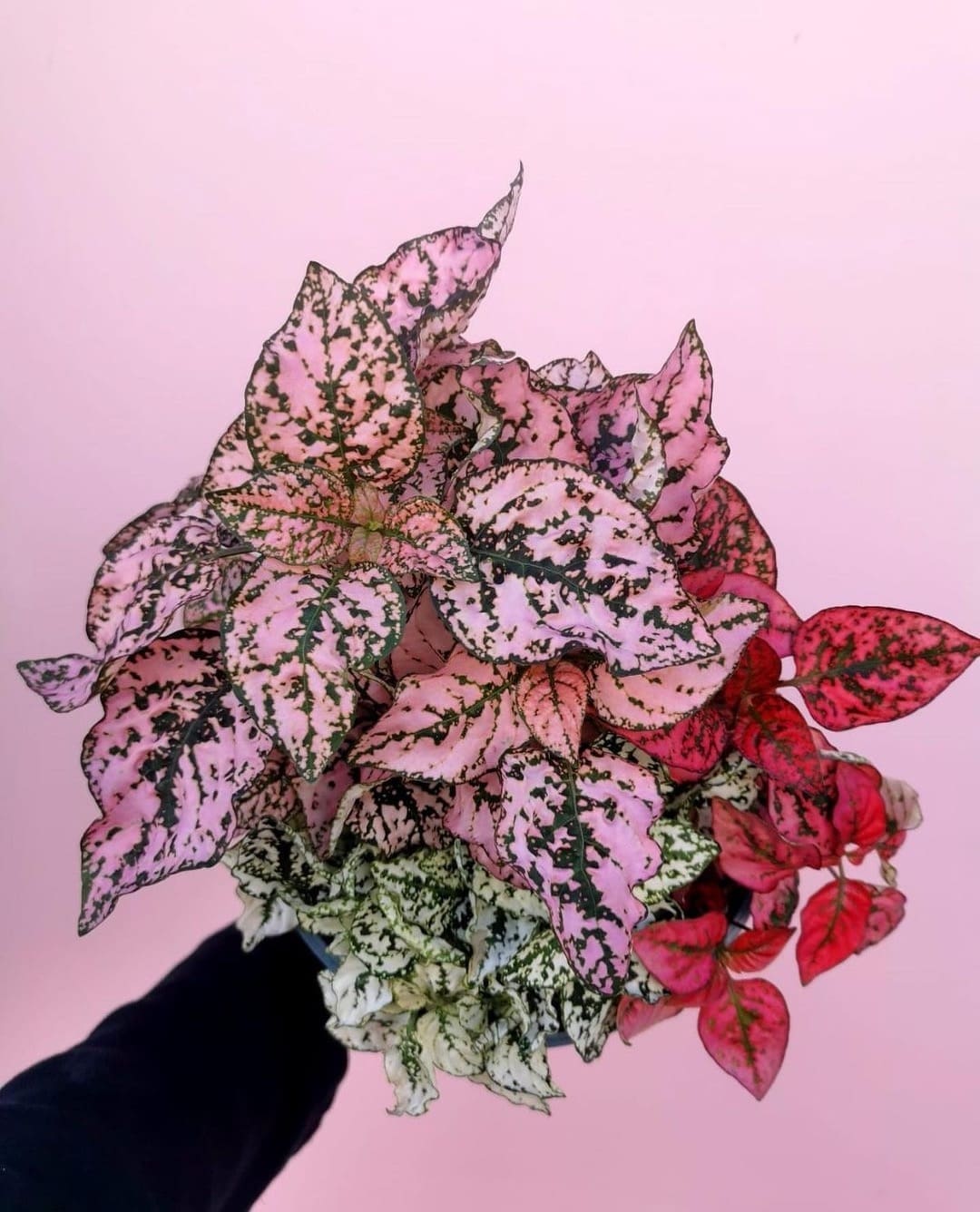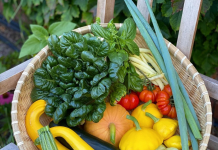Creating an indoor garden is one of the best ways to breathe life into your home. Not only do indoor plants add style, but they also offer a wealth of health benefits by purifying the air and boosting your mood. In a 3-day study over 70% of participants reported their moods were lifted when they were encouraged to take care of houseplants.
With so many benefits, we have collected some top tips to help you unleash your green thumb and transform your home. Whether you’re a seasoned plant parent or a beginner, here’s how to cultivate an indoor garden that thrives.
Related article: 12 reasons why you’re killing your indoor plants
Related article: Learn how to grow succulents: A beginner’s guide with two techniques to propagate succulents

Finding the perfect location
Plants have a few important requirements to thrive inside. And finding the perfect home for them is high on the list!
Good natural light
Plants rely on light for photosynthesis. Most indoor plants don’t like direct sunlight. Rather, look for a bright sunlit room or a windowsill that gets sun for part of the day. If you don’t have much natural light, you can still find plants that do well in low light conditions. For example, peace lily and devil’s ivy are two popular options. We cover off more low-light plants in this article on plants that thrive in bathrooms.
If you have almost no natural light, then you might want to look at indoor grow lighting options or consider a smart garden which we will discuss later.
Space requirements
Plants also require adequate room to grow but fortunately, there are lots of creative space-saving solutions when it comes to gardening.
If you have limited space available then vertical gardening, hanging planters, and wall-mounted pots might be best.
Temperature sensitive
Another important consideration when finding the best place to position plants in your home is temperature. Avoid positioning a plant directly under a vent or next to a heater where they can become dried out. Similarly, in the winter months you may need to move plants away from windows where temperatures fluctuations can be extreme.

Consider a smart garden
Modern life can be pretty demanding; time is short, and the to-do list never ends. As a result, we increasingly rely on technology to make aspects of day-to-day life more convenient. And maintaining an indoor garden is no different. You can find tech to help you grow herbs, salad greens, and even small vegetables with ease.
Smart garden overview
A smart garden is an indoor garden system with built-in grow lights and integrated smart technology in the unit design. They simplify plant care with automated lighting and can indicate water levels to help you keep your plants alive.
You simply plant the pods or seeds you want within the designated chamber with some potting mix and plug the smart garden into a power source. This eliminates the need to find the right location with enough natural light as an integrated overhead lamp regulates lighting to optimal levels. Some smart gardens have a water chamber, and others use automated hydroponic systems.
Although it is relatively new tech, some smart gardens connect to apps. So even when you go on holiday, you can water your plants remotely or adjust any settings. The technology is likely to improve because the value of smart gardens is steadily rising with a CAGR of 8.4% and is projected to reach $176,559,000 by 2027.
If you do opt for a smart garden, we suggest making your cyber safety a priority. Get an Australia VPN to protect yourself from hackers who attack smart devices.
What will grow in a smart garden?
While the depth of smart garden pots is a little lacking for a root vegetable or a very large species of houseplant, you can grow many edibles and most decorative plants, too. Smart gardens are ideal for fresh herbs and salad greens, which have shallow root systems.
There are bigger family-sized kits available that will allow you to grow cherry tomatoes and other dwarf vegetable varieties.

How to choose the right plants for indoor gardening
Whether you are opting for a few well-placed terracotta pots, a hanging garden, or a high-tech smart garden, plant choice is key. Selecting what to grow depends on your experience and lifestyle and will also be dictated by your end goal desires.
If you are looking to add a few fresh plants to your kitchen menu, then your plant choices will differ from those of someone looking to create an aesthetically pleasing focal point in a room.
Good plants for beginners
If you have never taken care of plants before, then you will want to seek out low-maintenance options. Try plants such as pothos, spider plants, and ZZ plants which are hardy enough to tolerate less-than-ideal conditions.
We cover the top hard-to-kill indoor plants in this article.
Considering colour
If you want to brighten up a space then consider your colour scheme and try adding African violets, orchids, and begonias for your indoor gardening efforts. If you don’t want a flowering plant, there are plenty of pretty pink plants to brighten your space.

Indoor garden maintenance
Of course, regardless of your plant choices, plant care is the most important part of the whole process. Watering, fertilising, pruning, and pest management need to be taken care of to make sure your indoor garden flourishes and stays healthy.
Balancing water intake
Water is life, but striking a balance between over and under watering can be tricky for new gardeners. It is important to make sure pots have good drainage because indoor plants need to dry between watering. You can check moisture levels with your finger and make sure the root area is moist but never over-saturated. Do this by pushing your index finger into the soil until your first knuckle. If the soil is damp, hold off from watering.
For precise water levels, you can also buy a moisture meter. This inexpensive plant care device will literally tell you if your plant needs watering or not.
Fertilising and pruning
Indoor plants will often need bolstering nutritionally as their roots can’t spread elsewhere to find what they need. Different plants need different things at different plant stages according to the growing season.
During spring and summer, they will benefit from some plant food or fertiliser. A water-soluble option is great for indoor plants and can be sprayed or added to their watering schedule every couple of weeks.
Likewise, pruning away any dead growth helps the plant to focus energy where it is needed. Removing any yellowing foliage is also key to preventing plant infections.
Natural pest management tips
While you typically get fewer pests in an indoor garden, they aren’t totally immune. Natural solutions like neem oil or DIY soap sprays can help as a deterrent, but the most important thing is spotting pests before they become infestations, so check your plants regularly. Air quality is also important so open up your windows, keep your HVAC system maintained, or in larger spaces consider commercial ventilation systems with Airocle.
Has this guide to creating an indoor garden inspired you to flex your green thumb? Or do you have more tips to add?
Plant care tips







